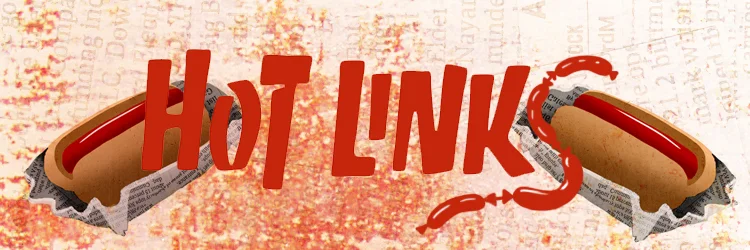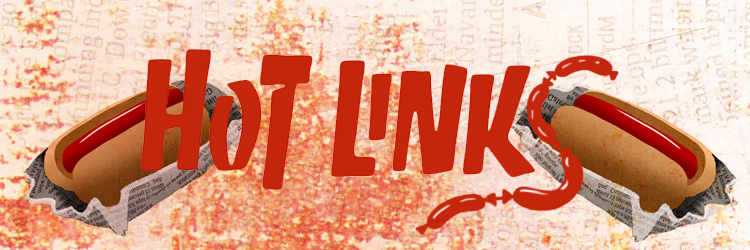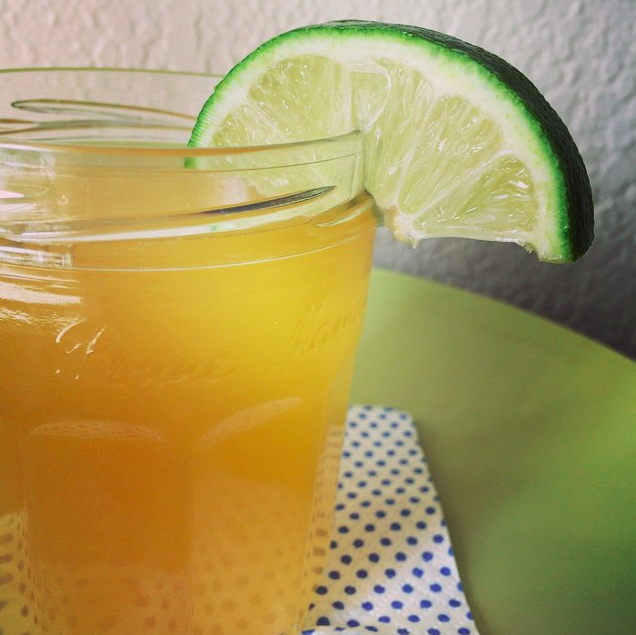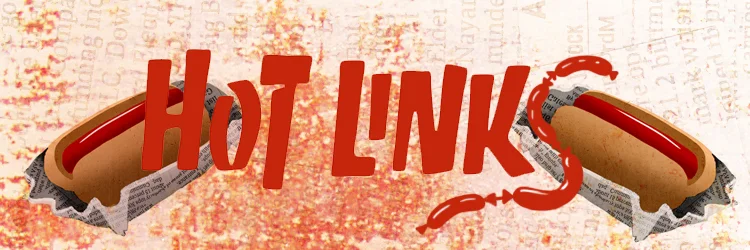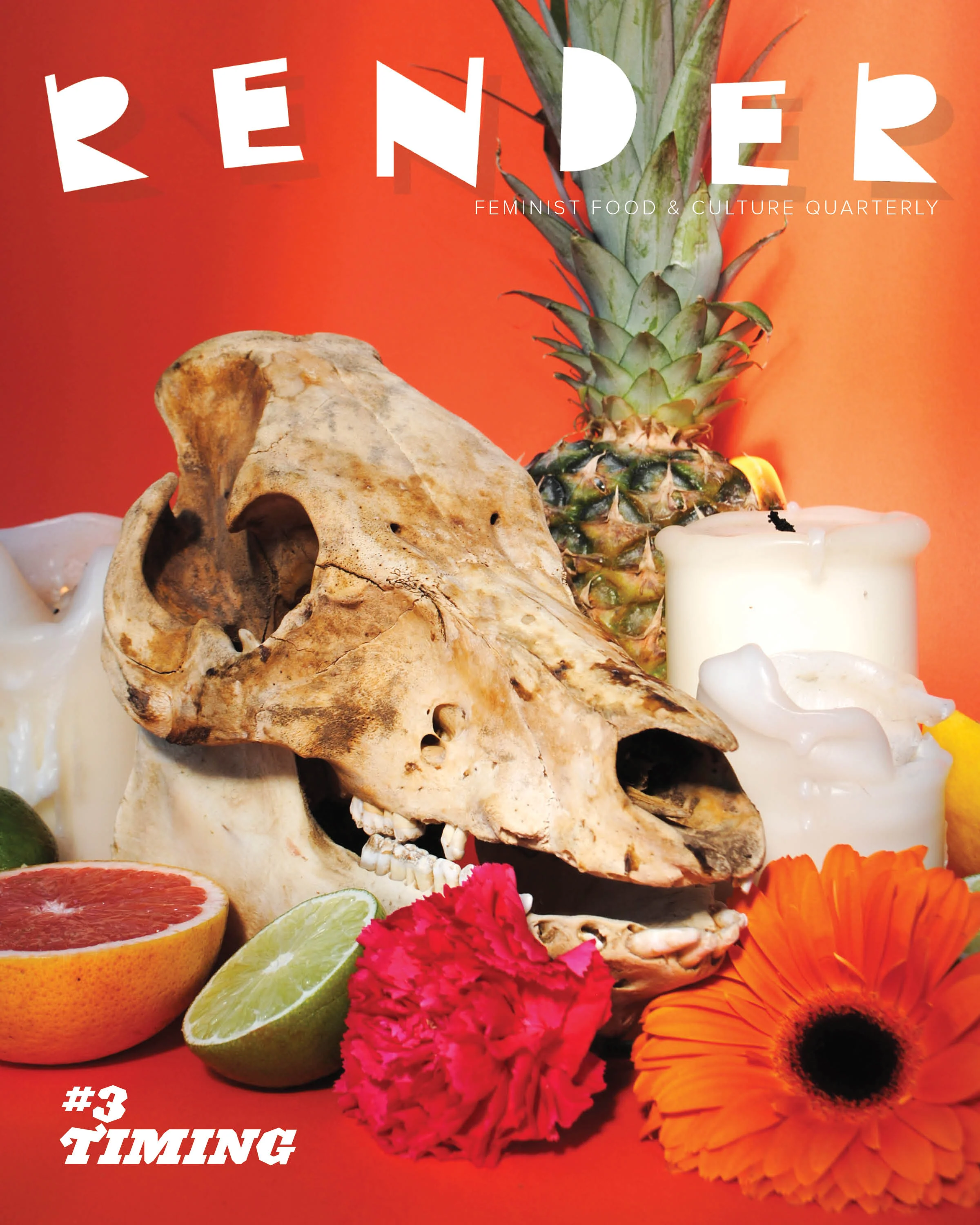

In each monthly installment of Bender, Caroline Ferguson will explore the social, cultural, and historical context of a single cocktail or boozy beverage. From settling which country lays claim to Pisco, to exploring the Carthusian Monks’ Chartreuse caves, Caroline will try to track down all the places your drink has been before it gets in your glass—always ending with a recipe of her own creation. Pull up a chair and a glass.
Though they look pretty nonthreatening – bubbles? sugar? pretty lemon twist? no problem! – and they go down like soda, this drink is said to have had the elusive ability to knock Hemingway on his ass.
It’s called a French 75, and it’s my favorite cocktail in the known universe.
Named for the petite-but-powerful 75mm Howitzer cannons that the French army used in World War I, this cocktail hits just as hard. British novelist Alec Waugh, for one, dubbed it “the most powerful drink in the world.”
But who had the gall to shroud that much gin in tasty, tasty champagne in the first place? Well, a cocktail called the 75 first popped up around 1922, but the mix of grenadine, absinthe, Calvados, and gin bore little resemblance to the fizzy concoction we know and love (and yes, eventually hate) today. The modern incarnation of the drink first appeared in print in 1927, in a small Prohibition-era instructional pamphlet titled Here’s How! The 1930 Savoy Cocktail Book later ran the recipe, popularizing the drink by introducing it to a wider audience.
But wait. People must have been mixing Champagne and gin before then, right? Absolutely, and this is one of those instances where the often-slurred oral history of cocktail tradition gets frustrating. The version published in Here’s How!, or something similar, was said to have been invented by Scotsman Harry MacElhone at the famous New York Bar (located on Rue Daunou in Paris, despite the name) in 1915. American G.I.s, enamored with the champagne cocktails they encountered in Europe, started requesting them at the bar. The rest is history.
Or not. In a rare subversion of bartending convention, Harry actually rejected claims that he originated the French 75, asserting instead that he’d picked it up from a club in London.
We’ll never know for sure. However the drink made its way into the cocktail canon, it was certainly rooted in a long and noble tradition of hiding hard alcohol in sparkling wine for greater quaffability. Dickens apparently served what he called “Champagne cups” (sparkling wine with citrus mixed with gin) to his venerable guests. The Prince of Wales did the same.
By the 40s, the drink was well known enough that a character ordered it by name in Casablanca. As anyone who’s ever sipped a Vesper martini knows, being name-dropped in a popular film can really raise a drink’s profile. Needless to say, the French 75 stuck around, and now you too can subject yourself to its bad influence.
The most important thing to keep in mind while drinking French 75s is that they really do sneak up on you. A glass of water between each drink and a few Advil before bed will greatly decrease your chances of ending up with one of the suckiest hangovers of your life. Don’t say I didn’t warn you.
The second, way less important thing to remember is that the quality of your sparkling wine doesn’t matter that much (after all, bubbly is like pizza: when it’s good, it’s great, and when it’s bad, it’s still pretty good), but it does matter that it’s nice and dry, since you’ll be adding sugar and sweet cara cara juice. Now is not the time to pull out the Veuve Clicquot or your favorite Moscato; try Prosecco brut, a Cava, or even a German Sekt Trocken instead. Just make sure to avoid what the French call "pompe de bicyclette" sparkling wines, which are sparkling wines that have been injected with carbon dioxide instead of going through secondary fermentation.
Cara Cara Orange French 75 with Thyme Syrup
Making a French 75 is not an exact science; recipes have a huge amount of variation in their Champagne-to-gin ratios, and no single formula is more correct than the others. I like a lot of gin, but feel free to toy with this recipe according to your preferences. Don’t leave out the fresh thyme garnish, by the way—it really helps to bring out the herbal flavor in the syrup.
For simple syrup:
1 cup granulated sugar
¾ cup water
1 small bunch fresh thyme, rinsed clean
Peel of 1 cara cara orange
Peel of ½ lemon
Combine all ingredients in a small saucepan over medium heat. Stir until the sugar dissolves and the mixture is just below boiling. Pour the whole thing, herbs and all, into a bowl and refrigerate until very cold, at least 3 hours. The longer this sits, the stronger the thyme flavor will be. Strain into a glass bottle and store in the refrigerator, where it will keep for a good long time. This makes enough syrup for many cocktails—try it with plain Champagne or in a lemon drop in place of the sugar.
For cocktail:
1 ½ oz gin
1 ½ oz fresh-squeezed cara cara orange juice, strained to remove seeds and pulp
½ oz fresh-squeezed lemon juice, strained
½ oz–1 oz thyme simple syrup
2 oz sparkling wine
Fresh thyme springs, for garnish
Combine gin, juice, and syrup in a cocktail shaker or glass and mix. Top off with sparkling wine and garnish with thyme.












